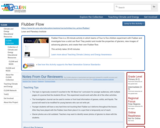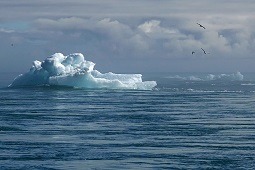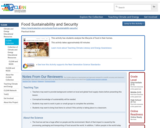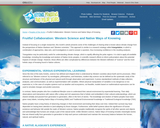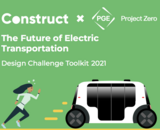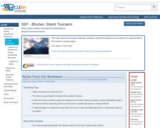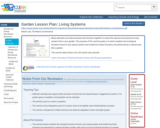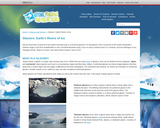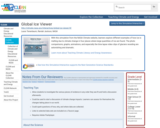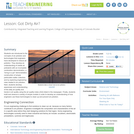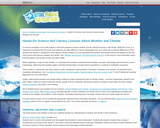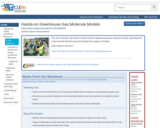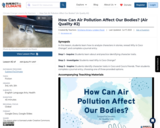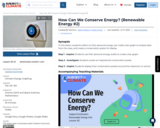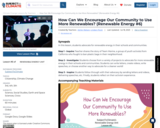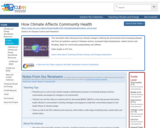In the Future of Electric Transportation Design Challenge - a soup-to-nuts curriculum toolkit from Construct - you'll ask young people to find new and novel ways to increase use & equitable access to electric vehicles.
This comprehensive toolkit is intended for classroom teachers and other educators interested in running a multi-week or full-term design challenge with students. The guide is written with 8th-9th graders as a target grade level, however this curriculum could easily be adapted for both older and younger students: 5th-12th grade.
An optional feature in this challenge experience is to have students submit their design briefs (anonymously from their teacher) for the opportunity to be recognized by Construct and Industry Leaders interested in their concepts!
A teacher running this Transportation Design Challenge could connect it to multiple standards at multiple grade-levels in multiple subject areas.
Construct has facilitated several cohort-based challenges for middle and high school students, using this toolkit, and we are excited to be able to provide this curriculum at no charge to any interested teachers.
We are happy to answer any questions - you can reach us at info@constructlearns.org. We also offer additional coaching support.
Please download this Challenge and share it with your colleagues! If you opt to run the Challenge in your classroom, we do hope you'll reach back and let us know how it worked for YOU! With your feedback, we'll keep iterating and improving and work to make this a user-friendly, joy-provoking, flexible, rigorous, effective, skills-building and FUN curriculum toolkit for you and your students.
